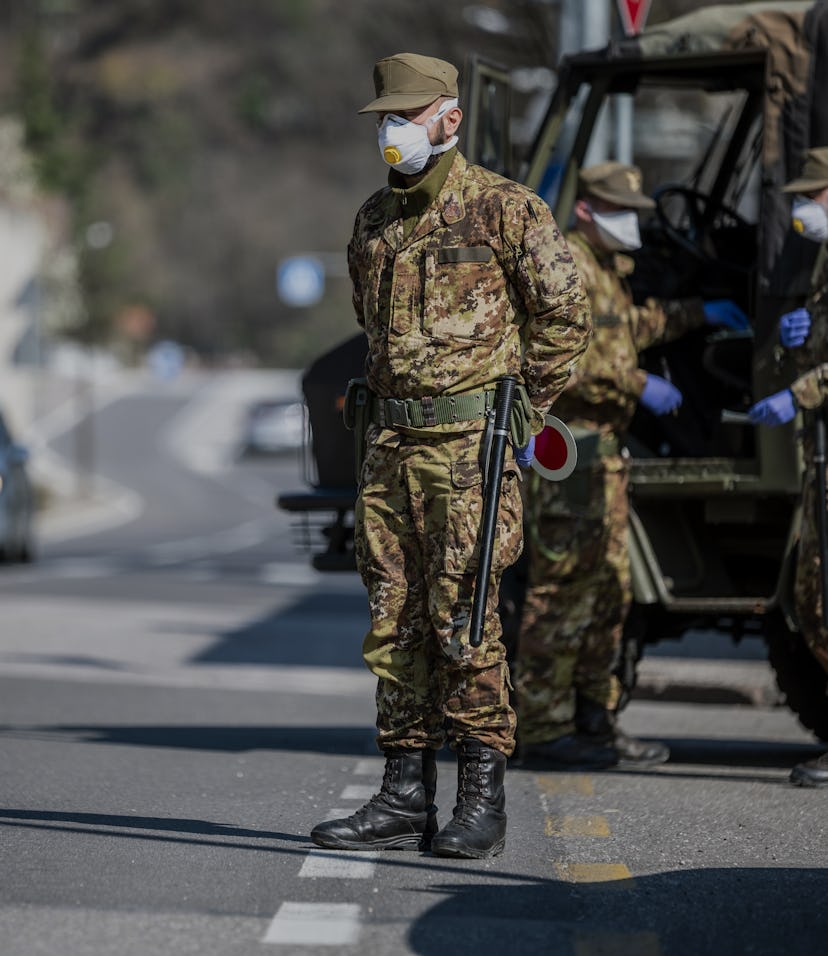Science
'Artificial skin’ could change covert military ops forever
Inspired by the way octopuses camouflage themselves, it hides wearers from infrared as well as regular vision.

Contemporary military fatigues have crossed over into civilian life in many ways over the decades, from practical hunting or even birding attire to a '90s fashion statement we may never fully shake. The latter phenomenon has particularly underscored the limitations of camouflage, and the military is getting ready for an upgrade, according to Defense One.
Researchers from Seoul National University and Hanyang University in South Korea recently published a paper on ‘artificial skin.’ The panels created help the wearer blend into the background as well as making them imperceptible to infrared sensors.
Human chameleons — Inspired by cephalopods, researchers created pliable patches that can adjust to the visible colors and temperature of the environment around them. Using active heating and cooling, the patches can adjust to a new environment in about five seconds.
Military applications of this technology would allow soldiers to blend into more verdant and / or complicated environments. More importantly, with infrared technology now extremely common, these wearable patches would prevent the opposition from detecting them by their heat signatures.
Preemptive strikes — In their research, scientists told the patches what colors to expect, but they’re working on getting the devices to see what’s around them.
“We recently developed a method to detect and mimic the environment by integrating a micro camera with our devices to make an autonomously working device,” Seung Hwan Ko, a lead author of the paper told Defense One.
While the patches are undoubtedly a very cool innovation, how the military might use them should send a shiver down your spine. As combat relies more on unmanned crafts and robots, this would add a layer of protection for soldiers on the ground. What those soldiers end up doing with their invisibility cloaks, however, would likely be terrifying... and classified.